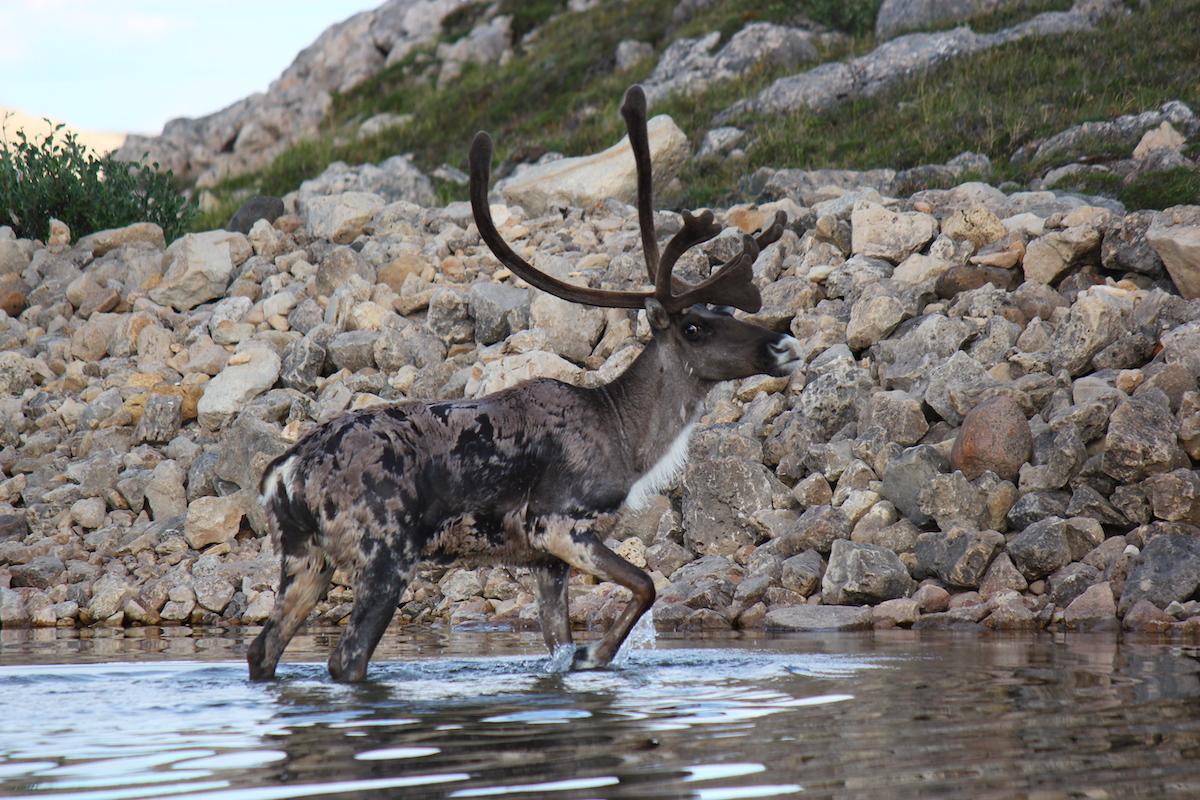
An aerial view of La Roncière Falls in Tuktut Nogait National Park/Parks Canada
Tuktut Nogait National Park will remain closed for all of 2021 due to the ongoing COVID-19 pandemic.
Applicable Inuvialuit/Sahtu Dene and Metis traditional activities can continue here and at all of the Western Arctic Field Unit national parks and historic sites, but all other visitor access is suspended until further notice and no new backcountry permits or business licences will be issued.
“All of Parks Canada’s visitor services have been reviewed and adjusted based on the advice of public health experts and measures required by territorial, and local authorities," Parks Canada said March 3, adding that no new visitor backcountry permits will be issued and people who have already paid backcountry permit or business license fees will be contacted about refunds.
Tuktut Nogait is considered one of North America’s most isolated national parks and doesn’t have any visitor facilities. As Northwest Territories Tourism put it in a fun 2020 Tweet: "Tuktut Nogait National Park is an unsung Eden, with fewer visitors per decade than Banff sees every minute." In 2016, Explore magazine named it "one of Canada's loneliest national parks." Indeed, Tuktut Nogait sees between two and 21 visitors a year, and has logged just 69 since 2010, while Banff sees between three and four million each year.

A Bluenose West caribou in Tuktut Nogait National Park/Parks Canada
The 18,890 square kilometre (about 7,300 square mile) national park is 170 kilometres (105 miles) north of the Arctic Circle. The park's Inuvialuktun name means "Young Caribou" and it's named after the rare Bluenose West caribou that are born here, when the herd returns to its calving grounds each spring. It features tundra wildlife including grizzlies, wolverines, muskoxen, arctic wolves and collared lemmings. It has some of the last North American rivers to be discovered by Europeans, spires and canyons featuring Gyrfalcons and Peregrine falcons, waterfalls and rolling uplands and lowlands.
More than 400 archaeological sites have been discovered across the park, indicating 1,500 years of Inuit habitation. The Inuvialuit continue to practice traditional harvesting and act as interpretive guides.
The park has a low arctic eco-climate with long, cold winters and short, cool summers.
Most popular in July, Tuktut Nogait is usually open year-round and visitors arrive in the hamlet of Paulatuk on air charters from Inuvik. Permits are available for floatplane charters from Inuvik or Norman Wells to several lakes in the park.
People can do virtual visits through a Google/Parks Canada collaboration.

 Support Essential Coverage of Essential Places
Support Essential Coverage of Essential Places






